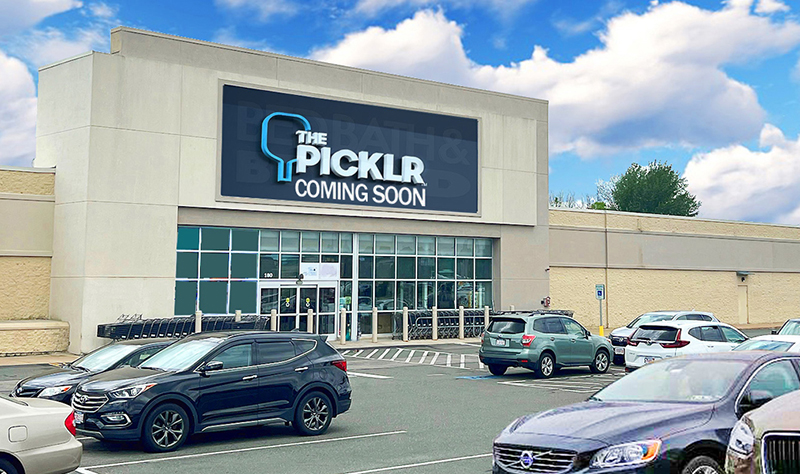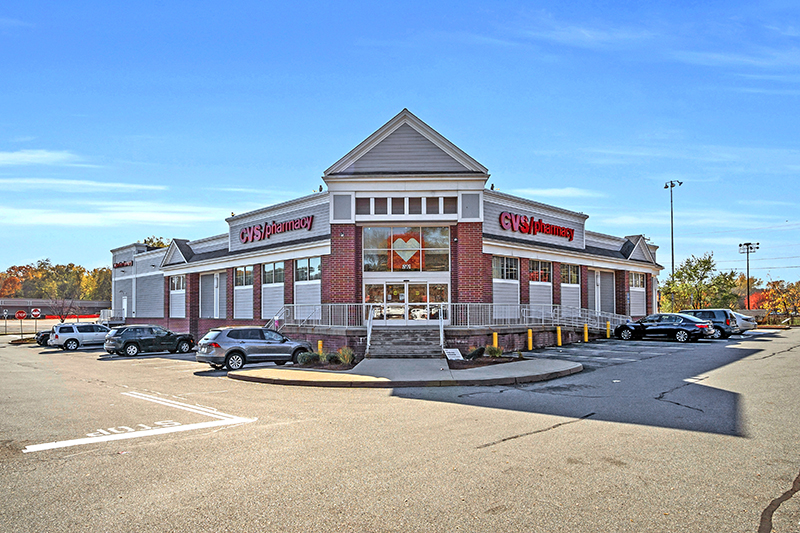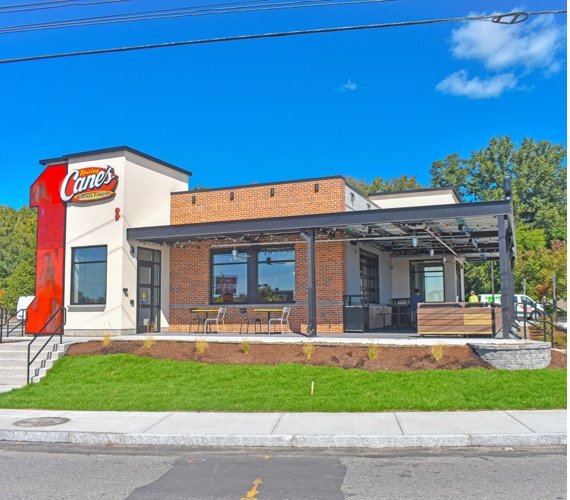News: Retail
Posted: January 23, 2014
Permit expirations: Make note of the time allowances or face costs in the future
Initially, local zoning ordinances need to be reviewed to determine if the use is permitted and if dimensional regulations can be met. If not, a zoning variance or special exception may be required from the zoning board of adjustment (ZBA) to allow your particular use and building to be considered for the site.
If successful with the zoning issues, the next step is to get the project approved by the local planning board which administers local subdivision and site plan regulations.
In their review, they will want to know that all other local, state and federal permits have been applied for, and may delay their final approval until they are successfully obtained. Some of thepermits that may be necessary for site development include wetlands, either working in them or within regulated buffer zones (local, state and/or federal regulations may apply).
In addition, the local Department of Public Works may require a driveway access permit, indicating the location, grade and drainage features of the proposed site entrance and the type of traffic volume. If the access is on a state road, a state curb cut permit will also be required. The local fire department will want to know the type of structure, its height, building materials, source and quantity of water for fire fighting, separation to other structures and emergency vehicle accessibility.
The engineering department will need to review and approve site drainage and sewerage facilities, roadway grades and location, and other site design components.
The State Environmental Agency will need to review and approve the site construction methods to control erosion and possible stream and wetland contamination prevention methods. They will want to know possible affects on wildlife and if there are endangered species or their habitats in the area.
In Massachusettsyou must comply with the regulations of MEPA (Massachusetts Environmental Protection Act) and MESA (Massachusetts Endangered Species Act). In New Hampshire you have the Alteration of Terrain Permit (AOT) and the Shoreland Protection Act, both administered by the New Hampshire Department of Environmental Services (DES). The same layers of permitting exist in other states as well. It is not unusual to find several agencies that do not concur with each other as to the measures to be employed, increasing the effort expended by the developer and his professionals. A project that straddles local or state lines can also add another dimension to the permitting equation.
All of these permits assure the various agencies and the planning board that the site will blend well with other uses in the area, that the roadway system can handle the traffic generated, that the available utilities will be adequate, and that the site will protect the environment and be safe for the users and the public at large.
These permits, once obtained, have expiration dates and anticipated time lines for construction to be completed. Many can be extended to a specific date due to site issues that arise (financing delays/abutter appeals), or a delay due to a poor economy. However, permits cannot be extended indefinitely. Regulations change on a regular basis and the agencies want new sites to meet these updated rules. Wetlands boundaries may change, species may be added to the endangered list, new development in the area may add loads to the utilities and roadways that may now affect their availability for your planned project. If a project has not begun and been completed within a reasonable time period, the local boards and agencies may require them to be re-designed to comply with these new requirements. A zoning ordinance change could eliminate your planned use. New planning regulations could increase the size requirements for drainage systems, parking facilities, etc., adding more cost or possibly reducing available space for the planned structure.
It is imperative that an applicant make note of the time allowances for their particular permits and either get started on construction or apply for time extensions prior to permitexpirations to maintain their approvals. Otherwise, they could be faced with expensive new design, permitting and construction costs in the future.
Robert Cormier is president of Cuoco & Cormier Engineering Associates, Inc., Nashua, N.H.
Tags:
Retail
MORE FROM Retail
Mace of KeyPoint Partners negotiates 36,192 s/f lease for The Picklr at Endicott Square
Danvers, MA KeyPoint Partners (KPP) negotiated a lease with the nation’s premier indoor pickleball venue The Picklr at Endicott Sq. Vice president of retail brokerage Don Mace negotiated the transaction on behalf of the landlord.

Quick Hits




.jpg)


.png)